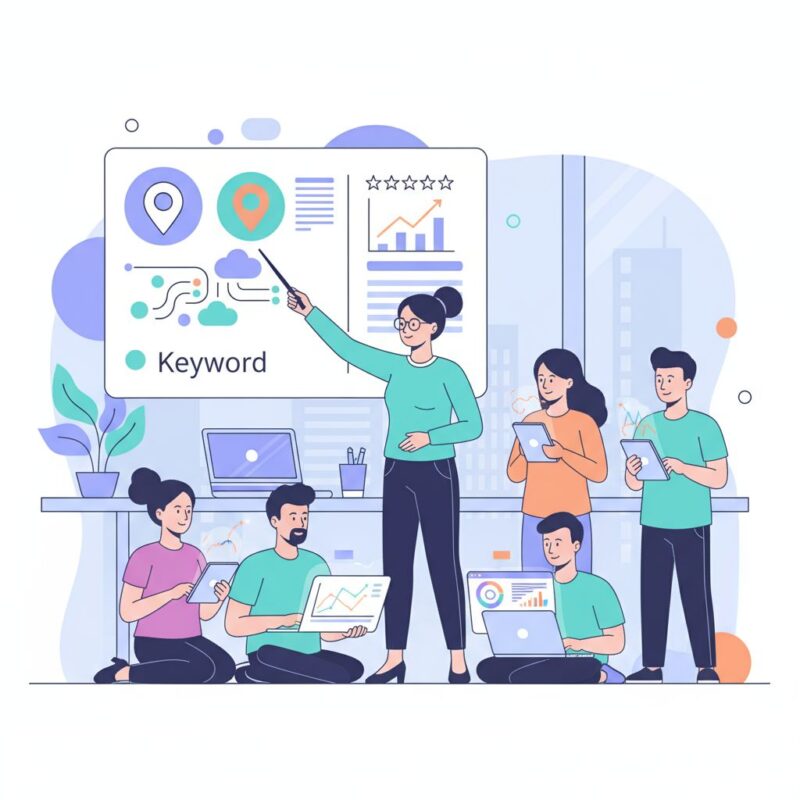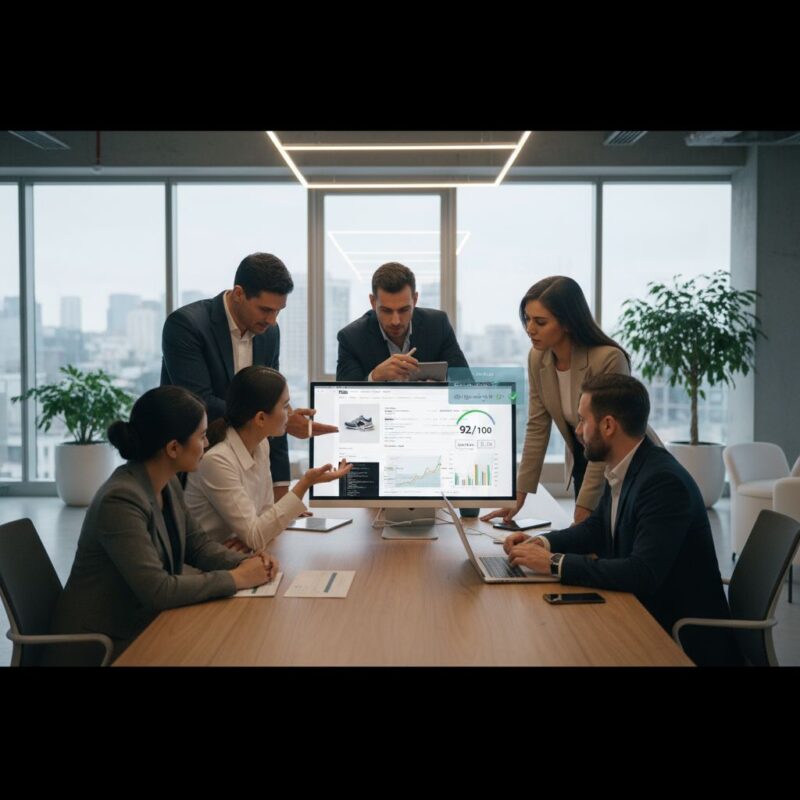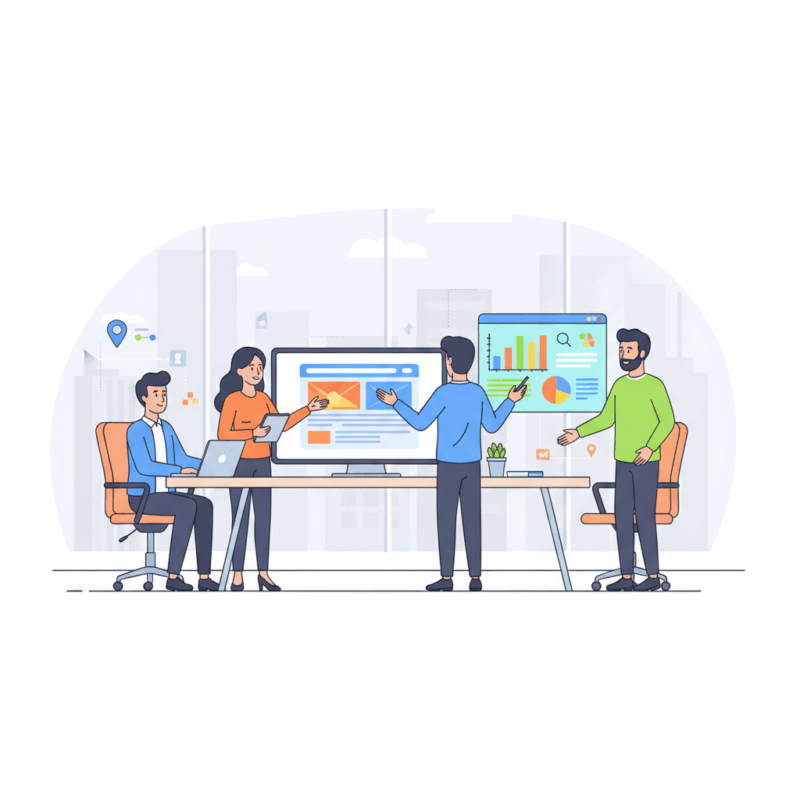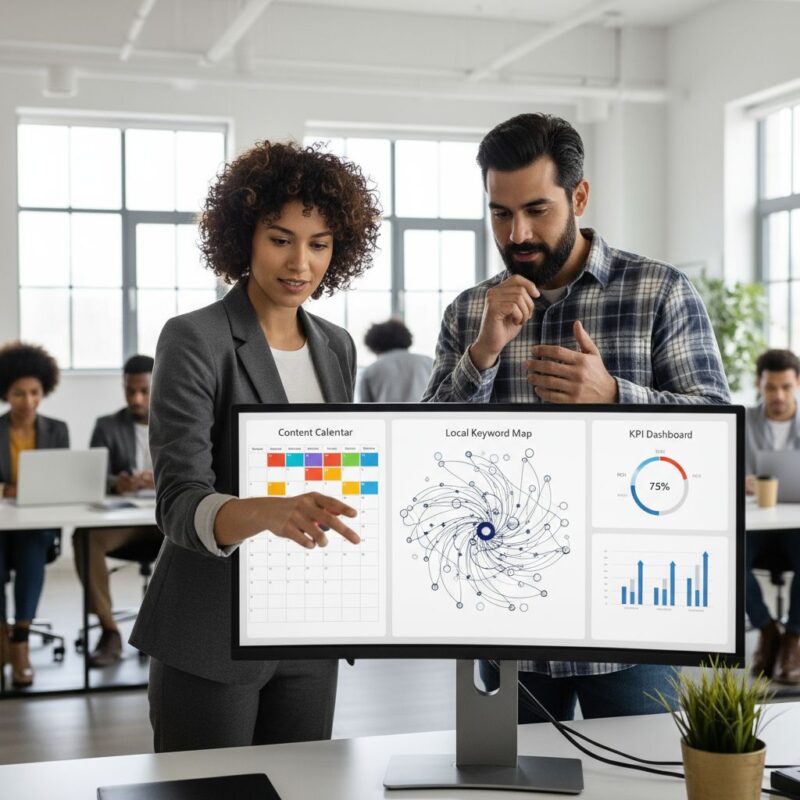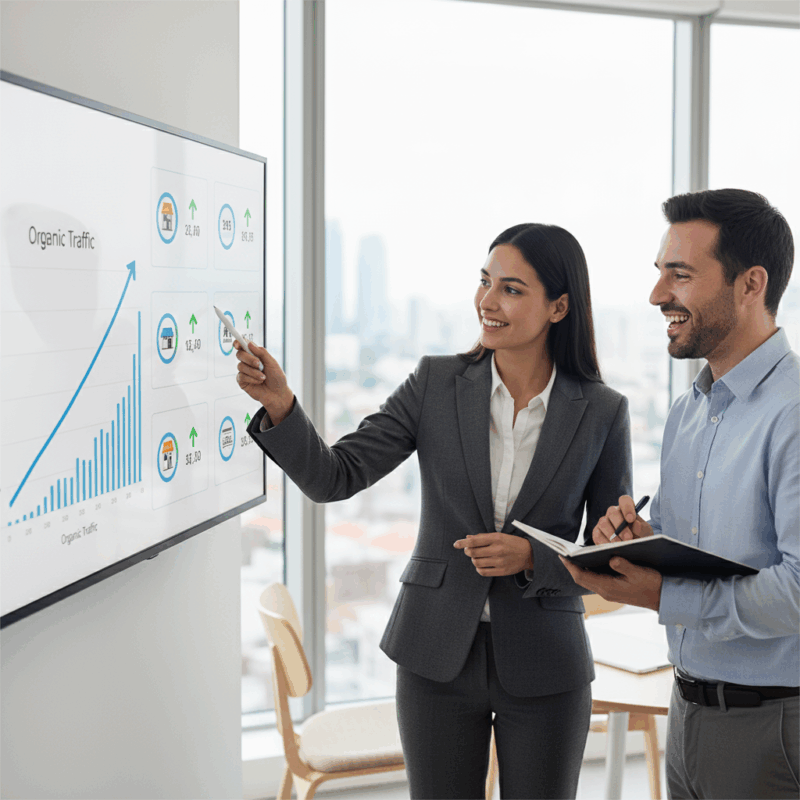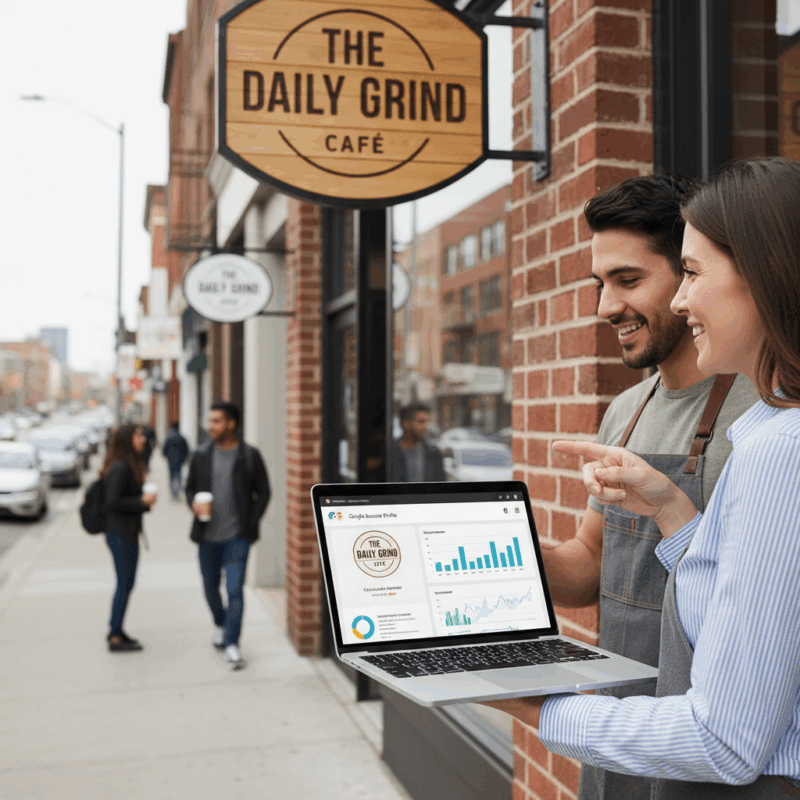- Advanced Local SEO Strategies
- Fundamentals of Local SEO
- Google Business Profile (GBP) Optimization
- Local Keywords and Content Strategy
- Local Link Building
- Local Paid Advertising
- Local Search Ranking Factors
- Local SEO Best Practices
- Local SEO Tools and Analytics
- Local Social Media Marketing
- Online Reviews and Reputation Management
- Technical SEO for Local Businesses
What is the difference between technical SEO and on-page SEO?
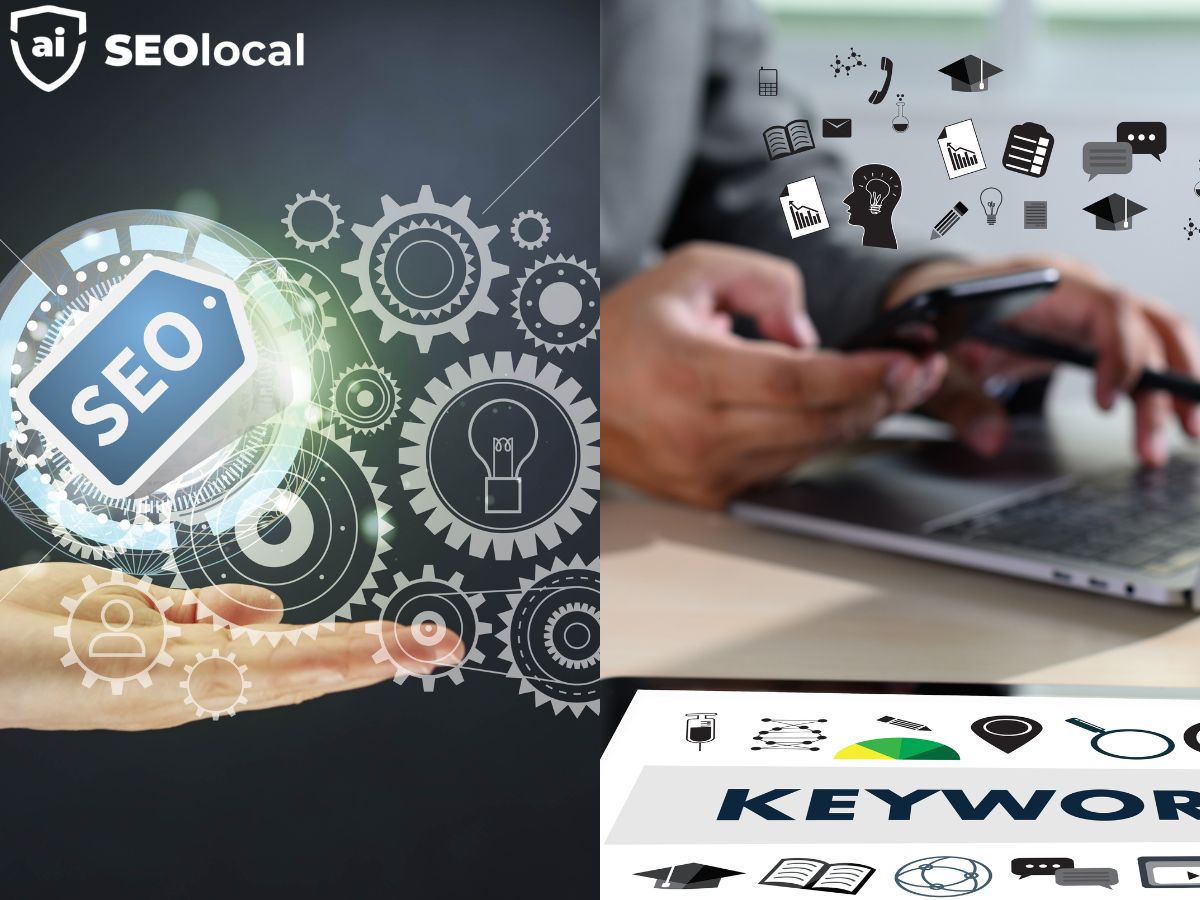
Did you know 85% of all web searches happen on Google? That’s why optimizing your website for search engines matters. Two key strategies drive success: one works behind the scenes, while the other shapes what visitors see.
The first approach focuses on infrastructure—ensuring fast loading, mobile compatibility, and easy crawling. The second enhances content relevance, targeting keywords and user intent. Together, they form a complete search engine optimization strategy.
Google uses over 200 ranking factors, blending both methods. Mobile devices now generate most global traffic, making technical foundations critical. Content quality also plays a major role, especially after algorithm updates like Panda.
Key Takeaways
- Google dominates 85% of all search traffic worldwide
- Technical improvements ensure proper website crawling
- On-page tactics align content with search intent
- Mobile users represent over half of web visits
- Both strategies combine in Google’s ranking system
Need help mastering these techniques? SEO Local offers expert guidance. Chat with us on WhatsApp for personalized solutions.
Introduction to Technical SEO and On-Page SEO
Effective digital visibility relies on two pillars: technical infrastructure and content optimization. Together with off-page factors like backlinks, they form the three-legged stool of search engine success. Technical SEO acts as your website’s foundation, while on-page tactics shape how visitors experience your content.
Technical SEO monitors site health through crawlability and performance metrics. It ensures search engines can access and understand your pages efficiently. Mobile-first indexing makes this crucial, as Google now prioritizes mobile versions for ranking.
On-page SEO focuses on content quality and metadata precision. Title tags, headers, and keyword placement help align pages with search intent. Studies show 40% of users abandon sites loading slower than 3 seconds, proving both aspects matter.
Security protocols like HTTPS have become baseline requirements for technical SEO. Structured data markup also boosts visibility through rich snippets. While technical changes often show immediate impact, content optimization builds authority over time.
Industry data reveals 60% of ranking success stems from technical implementation. Yet without strong content, even perfectly structured sites struggle to engage visitors. The synergy between these approaches creates lasting search engine optimization results.
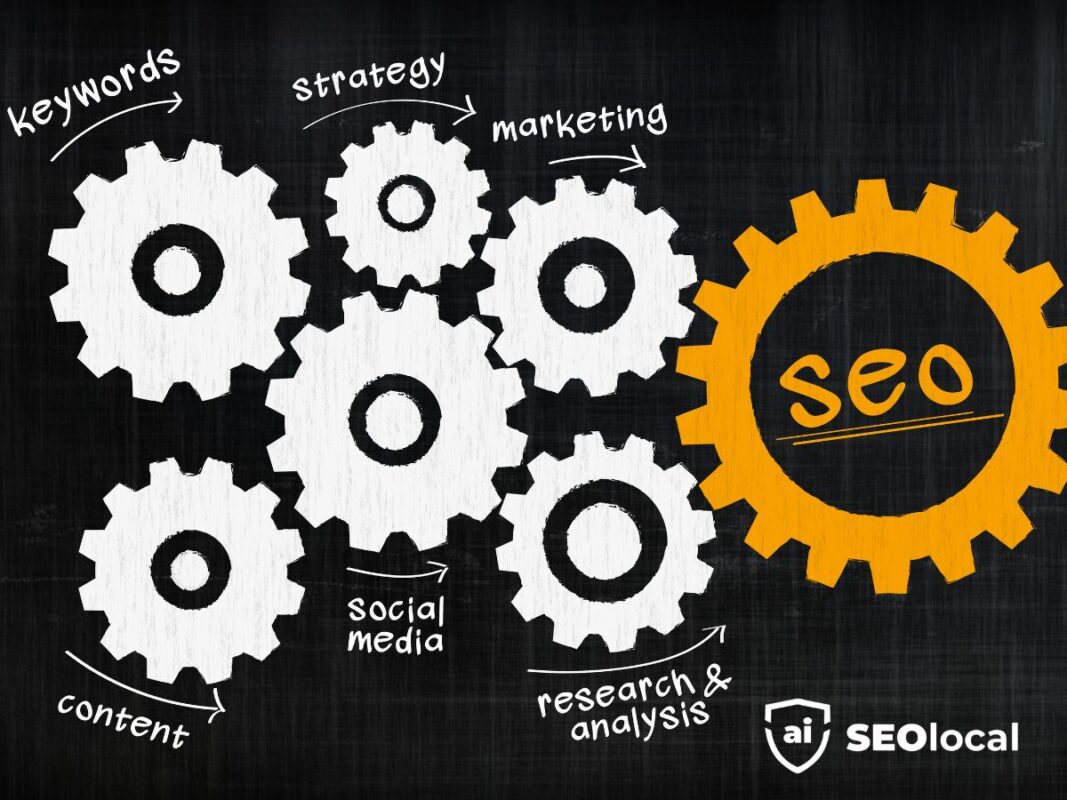
What Is Technical SEO?
Behind every high-ranking website lies a solid technical foundation. This invisible framework ensures search engines can access, understand, and prioritize your pages. Unlike content-focused strategies, it deals with server configurations, code efficiency, and data organization.
Core Purpose of Technical SEO
Technical SEO optimizes your website’s infrastructure for both crawlers and users. Key goals include:
- Maximizing crawl budget via XML sitemaps and robots.txt files
- Boosting site speed through HTTP/2 and image optimization
- Ensuring mobile compatibility for Google’s mobile-first indexing
Pages loading in 1 second convert 5x better than those taking 10 seconds. Proper canonicalization also prevents duplicate content penalties.
How Technical SEO Impacts Search Rankings
Google’s algorithms heavily weigh technical factors. Core Web Vitals—Largest Contentful Paint (LCP), First Input Delay (FID), and Cumulative Layout Shift (CLS)—directly influence rankings. Mobile-optimized sites see 67% higher conversions.
Structured data markup enhances visibility through rich snippets. HTTPS encryption builds trust with both users and crawlers. A case study showed a 200% traffic surge after fixing crawl errors and improving load times.
By streamlining backend processes, you create a seamless experience. Search engines reward this with higher positions in results pages.
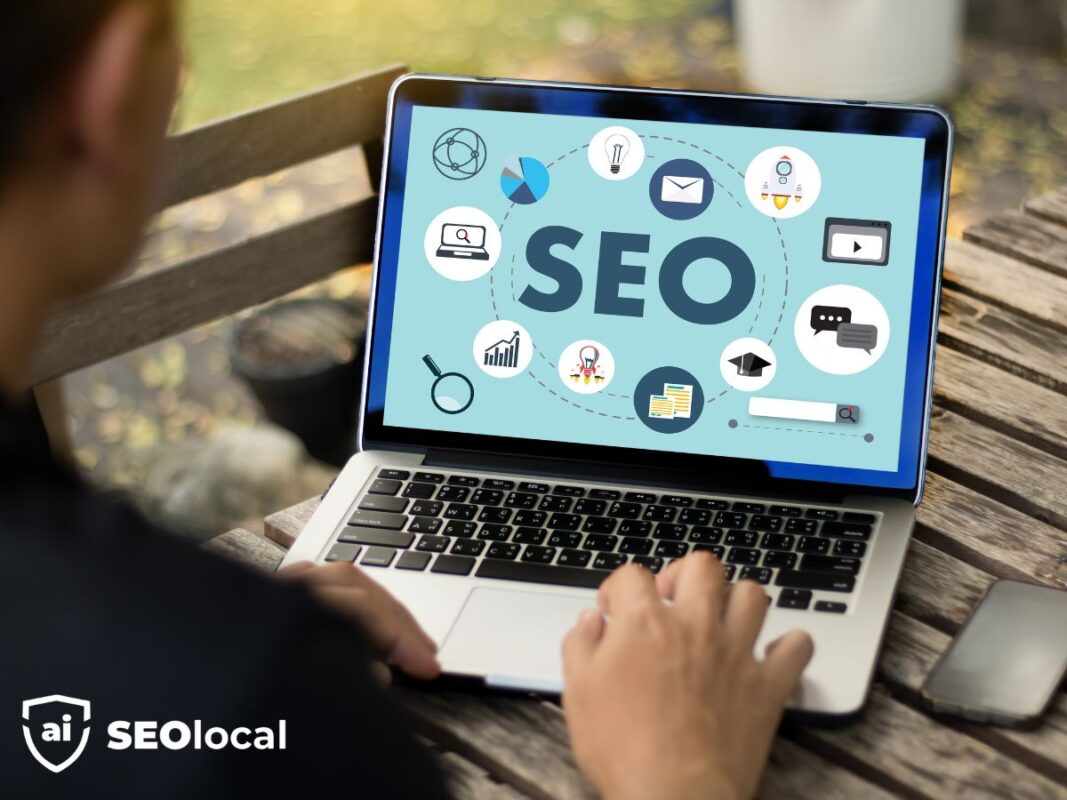
What Is On-Page SEO?
Ever wonder why some pages rank higher despite similar content? On-page SEO focuses on optimizing elements visitors see and interact with directly. Unlike backend technical work, these improvements happen within your content and HTML structure.
This marketing approach makes your pages more attractive to search engines and users. Proper implementation can double your organic traffic. Research shows pages with optimized titles receive 2.5x more clicks in results.
Core Purpose of On-Page SEO
The primary goal involves aligning content with search intent through strategic optimization. TF-IDF analysis helps identify term frequency patterns that indicate relevance. Semantic keyword integration goes beyond exact matches to include related concepts.
Key elements include:
- Meta tags that accurately describe page content
- Header tags organizing information for readability
- Compressed WebP images reducing load times
- Internal links distributing page authority
How On-Page SEO Enhances User Experience
Content clusters create logical connections between related topics. This structure helps visitors find relevant information quickly. Readability scores ensure your material matches audience comprehension levels.
A travel site overhauled their content strategy with these techniques. The result? 150% longer dwell times and 40% more conversions. FAQ schema implementation also earned them featured snippets for 12 key queries.
Mobile-first formatting adapts content for smaller screens. Clear hierarchies with H2-H4 tags guide readers through complex topics. These adjustments collectively improve engagement metrics that influence rankings.
Key Differences Between Technical SEO and On-Page SEO
Website performance splits into measurable technical components and strategic content decisions. While both aim to improve search engine visibility, they address different aspects of your digital presence. Understanding these distinctions helps allocate resources effectively.
Focus Areas: Infrastructure vs. Content
Technical SEO builds the framework crawlers use to access your pages. It handles server configurations, mobile responsiveness, and structured data markup. Research shows 73% of crawl errors stem from technical issues.
On-page SEO shapes how users experience your content. It optimizes meta tags, headers, and keyword placement. Content-focused changes drive 35% of ranking improvements according to industry data.
Implementation: Backend vs. Frontend
Technical optimization requires server-side adjustments like HTTP/2 implementation and XML sitemap generation. Tools like Screaming Frog diagnose issues invisible to visitors. These changes often need developer expertise.
Content optimization happens client-side through editable elements. Platforms like SurferSEO guide keyword integration without coding. Marketing teams typically handle these visible adjustments.
Metrics for Success
Technical performance shows in Core Web Vitals scores and crawl error rates. Speed improvements directly impact bounce rates—pages loading under 2 seconds keep 90% of visitors.
Content effectiveness appears in dwell time and conversion rates. Proper header structure increases readability by 40%. Internal linking distributes authority across key pages.
While technical fixes yield faster results, content optimization builds lasting authority. Combining both creates a complete search engine optimization strategy.
Key Elements of Technical SEO
Three technical pillars determine whether search engines can properly index your pages. These components work behind the scenes to boost rankings and user experience. When optimized, they create a foundation for all other SEO efforts.
Site Speed and Performance
Every second counts when visitors reach your website. Research shows a 1-second delay can reduce conversions by 7%. Optimizing load times requires multiple strategies:
- Implement browser caching to store static resources locally
- Use CDNs to serve content from geographically closer servers
- Compress images without sacrificing quality using WebP format
Google’s Core Web Vitals measure loading performance. Pages scoring well on these metrics rank higher in results. Tools like PageSpeed Insights provide actionable recommendations.
Mobile Optimization
With mobile devices generating most web traffic, responsive design is mandatory. Google’s mobile-first indexing means your mobile version determines rankings. Key considerations include:
- Touch targets sized at least 48×48 pixels for easy tapping
- Responsive breakpoints that adapt to various screen sizes
- AMP implementation for faster loading on news articles
Mobile-friendly sites rank 50% higher on average. Test your pages using Google’s Mobile-Friendly Test tool regularly.
Structured Data and Indexing
Structured data helps search engines understand your content better. Implementing JSON-LD markup can lead to rich snippets in results. One case study showed a 40% CTR increase after proper implementation.
Other critical indexing elements:
- Hreflang tags for multilingual site versions
- Pagination markup for e-commerce category pages
- XML sitemaps updated with new content
Proper crawl budget management ensures search engines index priority pages first. Regularly audit your site with tools like Screaming Frog to identify issues.
Key Elements of On-Page SEO
Visitors judge pages within seconds—optimization makes that count. Strategic adjustments to content and structure boost visibility in search results. These visible elements work alongside technical foundations to drive organic traffic.
Content Quality and Relevance
Google prioritizes pages offering genuine value to searchers. Latent semantic indexing analyzes related terms beyond primary keywords. A baking blog might include “kneading techniques” and “proofing times” alongside “sourdough recipe.”
Content gap analysis reveals missing topics competitors cover. Tools like Ahrefs identify high-traffic queries your pages don’t address. Longer-form content (2000+ words) earns 3x more backlinks by covering subjects thoroughly.
Title Tags and Meta Descriptions
These HTML elements form your search result “advertisement.” Keep titles under 60 characters to avoid truncation. Include primary keywords near the beginning for maximum impact.
Persuasive meta descriptions use action verbs and benefits. “Learn 5 time-saving kneading methods” outperforms generic options. Properly optimized titles increase click-through rates by 35%.
Header Tags and Internal Linking
Header hierarchy (H2-H4) organizes content for readers and crawlers. One case study showed 80% traffic growth after restructuring headings. Use descriptive subheaders that clarify section content.
Internal links distribute authority across your site. Link newer pages to established content using relevant anchor text. Image alt text also matters—describe visuals concisely with target keywords when appropriate.
Regular content updates signal freshness to algorithms. Review older posts quarterly for accuracy and new linking opportunities. This ongoing refinement sustains long-term rankings.
Best Practices for Technical and On-Page SEO
Top-performing websites combine regular maintenance with strategic content updates. Quarterly audits catch 65% more issues than annual reviews, while fresh material boosts rankings by 40%. This dual approach addresses both crawler requirements and user expectations.
Technical SEO: Audits and Crawlability
Start with log file analysis to identify crawl patterns. Look for blocked resources or orphaned pages wasting crawl budget. Mobile testing should verify touch targets and viewport rendering across devices.
Implement HTTP/2 for faster multiplexed connections. Canonical tags prevent duplicate content penalties. Voice search optimization requires schema markup for FAQ and HowTo content types.
Essential audit components:
- XML sitemap validation and priority settings
- Structured data testing using Rich Results Tool
- Broken link detection with automated crawlers
- Core Web Vitals measurement across device types
On-Page SEO: Keyword Strategy and Freshness
Semantic research tools like Clearscope reveal related terms for comprehensive coverage. Identify decaying pages through traffic dips or rising bounce rates. Priority updates should target high-value pages first.
Content matrices help organize updates by:
- Publication date and historical performance
- Current ranking position vs. competitors
- Backlink profile strength
- Conversion rate potential
Internal linking audits ensure authority flows to priority pages. Meta tag refreshes can revive stagnant listings. Always verify keyword placement maintains natural readability.
How to Prioritize Both for Your Website
Strategic prioritization separates successful SEO campaigns from mediocre efforts. With 60% of ranking factors tied to technical elements, smart resource allocation matters. Combined approaches boost organic traffic by 150% when implemented correctly.
- Month 1: Technical audit and critical fixes
- Month 2: Core content optimization
- Month 3: Advanced markup implementation
- Ongoing: Quarterly maintenance cycles
| Resource Type | Technical Focus | Content Focus |
|---|---|---|
| Budget | 40% initial, 20% ongoing | 30% initial, 10% ongoing |
| Team Hours | Developer-heavy early stage | Writer-focused mid-cycle |
| Tools | Crawlers, speed testers | Keyword planners, editors |
Calculate ROI differently for each approach. Technical debt reduction shows in faster indexing. Content improvements drive engagement metrics. Track these KPIs separately before integration.
SEO Local specialists recommend hybrid audits every quarter. Combine technical scans with content gap analysis. This reveals both crawl errors and missed keyword opportunities.
For agencies, use this integration checklist:
- Align client goals with capability audits
- Map content calendar to technical milestones
- Train writers on basic markup principles
- Sync developer and marketing timelines
Our team at SEO Local excels in balanced strategies. WhatsApp consultations help customize plans for your website. Message us at +1 786 840 9644 for insights.
Maintenance schedules should address:
- Monthly content refreshes
- Bi-monthly technical checks
- Quarterly comprehensive audits
Skill development priorities include:
- Developers learning SEO fundamentals
- Writers understanding technical constraints
- Marketers analyzing search console data
Conclusion
Mastering search visibility requires balancing infrastructure and content. Strong foundations ensure crawlers access your website efficiently. Engaging material keeps users coming back for more.
Data shows sites combining both strategies see 2.7x more traffic. Prioritize mobile responsiveness and Core Web Vitals. Then layer in keyword-rich, valuable content that answers searcher needs.
Algorithms keep evolving, demanding continuous optimization. AI now influences rankings, making semantic relevance crucial. Regular audits catch issues before they hurt results.
One case study achieved 300% ROI by integrating both approaches. Invest in technical health and content quality equally. This creates lasting success in competitive search landscapes.
Ready to optimize your strategy? Contact SEO Local for expert guidance tailored to your goals.
FAQ
Why does technical SEO matter for search rankings?
Technical SEO ensures search engines can crawl, index, and understand your site. Faster load speeds, mobile compatibility, and clean code improve visibility in search results.
How does on-page SEO boost user experience?
Optimized title tags, meta descriptions, and structured content make pages easier to navigate. Clear headers and internal links help users find relevant information quickly.
Should I prioritize technical or on-page SEO first?
Fix technical issues like site speed and mobile usability before refining content. A broken site won’t rank well, even with great on-page elements.
Can poor technical SEO hurt on-page efforts?
Yes. Slow pages or crawl errors undermine high-quality content. Google prioritizes sites with strong infrastructure and seamless usability.
What tools help audit technical SEO?
Google Search Console, Lighthouse, and Screaming Frog identify crawl errors, broken links, and performance gaps needing fixes.
How often should I update on-page SEO elements?
Refresh meta tags, headers, and content quarterly. Align updates with trending keywords and user intent shifts.
Does structured data impact both SEO types?
Structured markup (like Schema) enhances technical SEO by clarifying page context. It also improves on-page visibility with rich snippets in search results.




